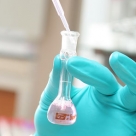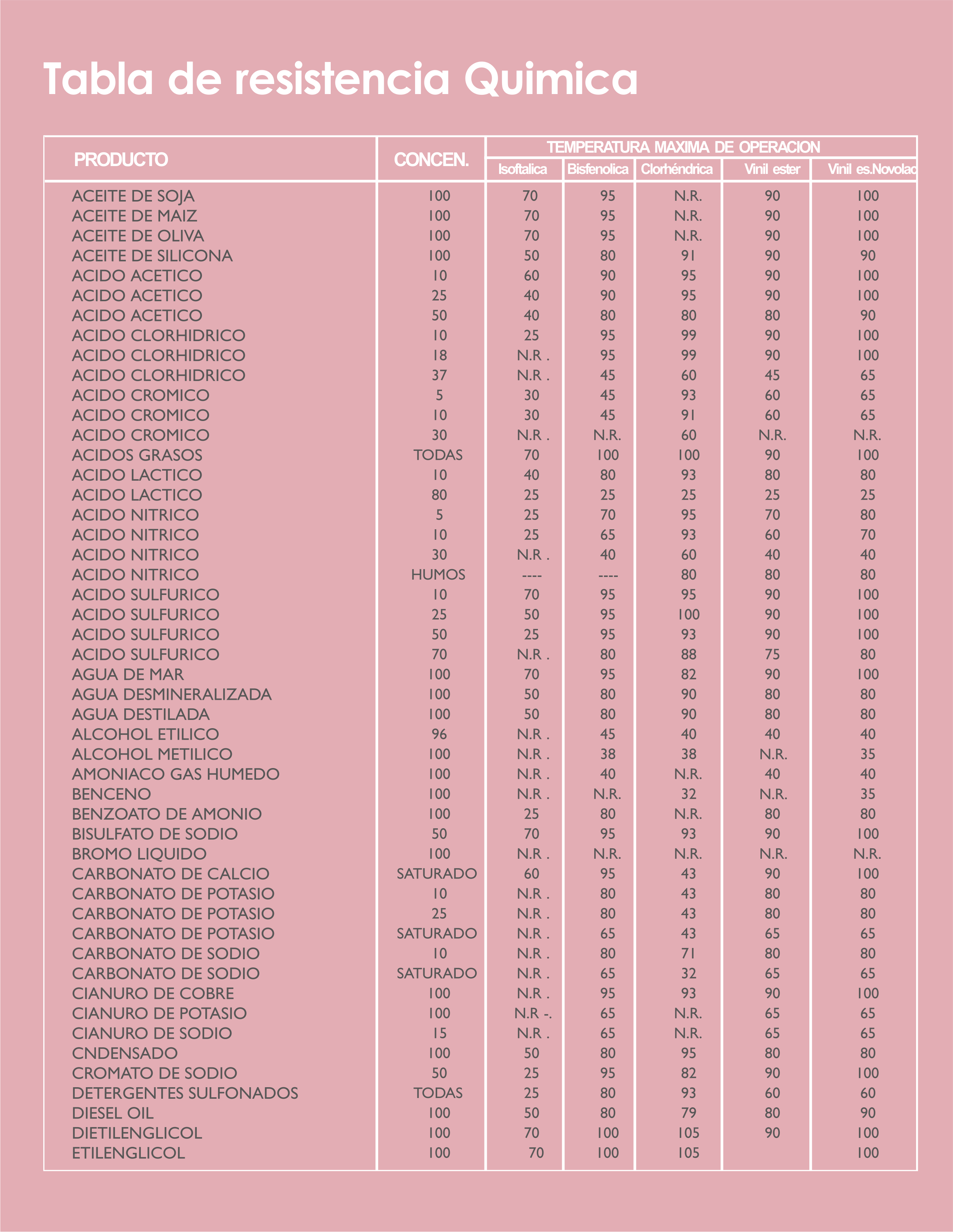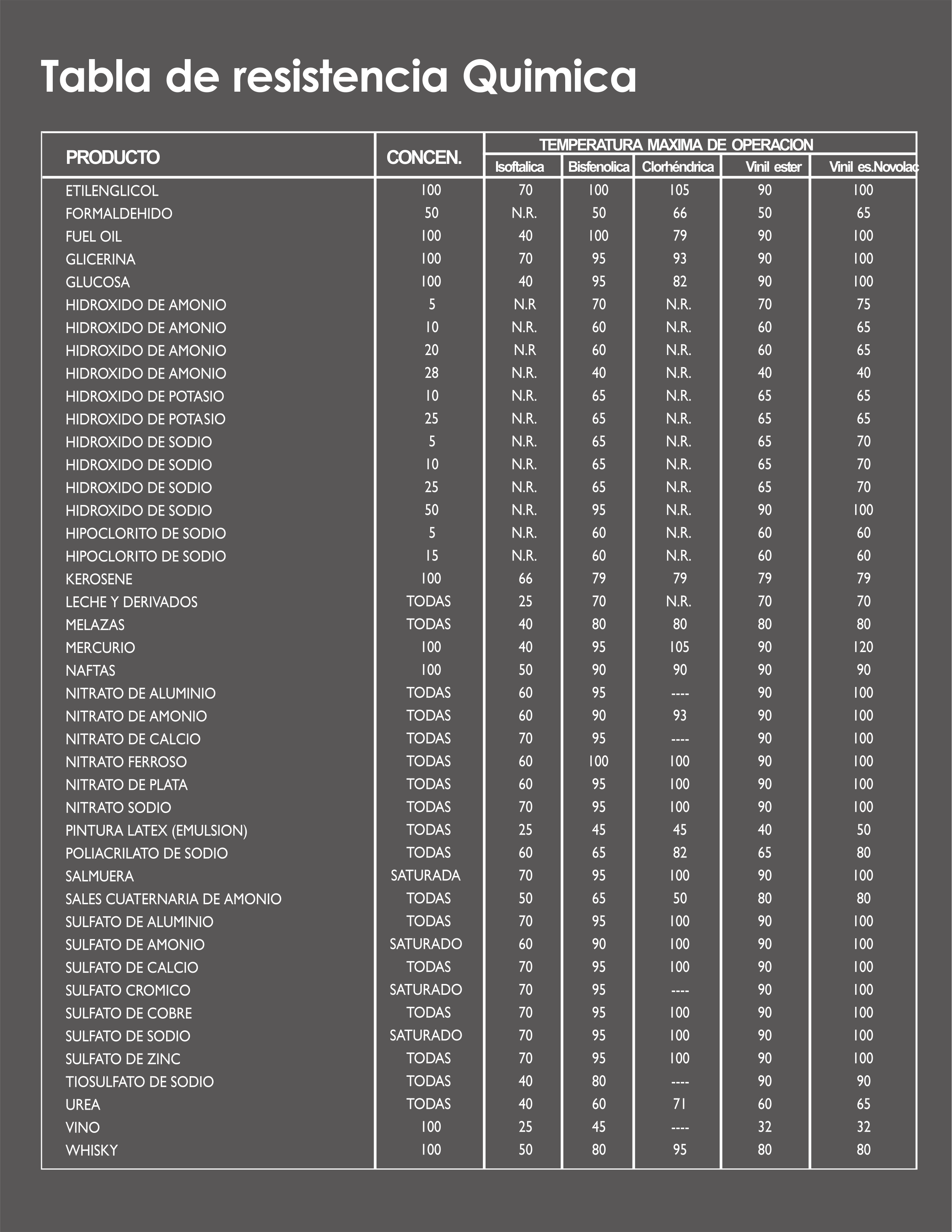 The P.R.F.V. It is inert to a large number of compounds. Chemical inertness, is influenced by the temperature, the type of resin used and the concentration of aggressive product. Choosing the correct resin, will emerge from a study of the conditions and type of fluid and chemical resistance charts that provide manufacturers.
The P.R.F.V. It is inert to a large number of compounds. Chemical inertness, is influenced by the temperature, the type of resin used and the concentration of aggressive product. Choosing the correct resin, will emerge from a study of the conditions and type of fluid and chemical resistance charts that provide manufacturers.
The P.R.F.V. perfectly resists corrosion of soil and the most aggressive to be a dielectric material is excluded from the cases of electrochemical corrosion.
The chemical attack in such resins is through hydrolysis of the ester groups, or by disintegration of the carbon-carbon double bonds unreacted by oxidation thereof. In the bisphenolic resins and polyester isoftál0icas, ester bonds occur throughout the molecular chain, making them more susceptible to chemical attack, especially by oxidation. In las resinas viniléster, the double bonds are located at the end of the molecular chain and completely react in the polymerization, giving greater chemical resistance to the structure. So they are less susceptible to the effects of water-soluble catalysts when used in organic as benzoyl. The vinyl ester resin absorption is given, and therefore, not affect the hardening. As the unsaturation is terminal vinyl ester, the carbon-carbon double bonds are remarkably active. Thus, vinyl ester resins harden quickly and consistently, providing a rapid initial strength (“green stregth”) and superior resistance to plastic deformation (“creep”). Secondary hydroxyl groups in the vinyl ester molecules also have a beneficial effect on the quality of the laminate. Such groups react with hydroxyl groups on the surface of glass fibers, resulting in excellent wetting and adhesion of the glass fibers.
Is that one of the factors responsible for the increased resistance of laminates with vinylester resins cured only have terminal crosslinking, entire length of the molecular chain is free to stretch when subjected to stresses and torque absorbing mechanical and thermal shock. The end result is a flexible laminate, highly resistant to surface cracking or full thickness during transport, installation and service life of parts made.

